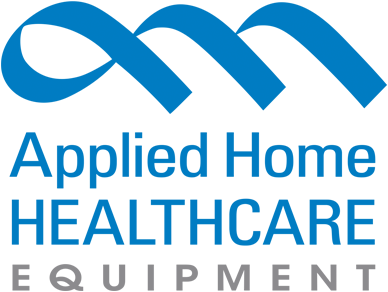PRODUCT CATEGORIES
CLASSES/REGISTRATION
WHAT'S YOUR ROLE?
DOT Cylinder Requalification
If you're filling medical oxygen cylinders, checking the requalification status before filling is more than just a good habit; it's a DOT compliance requirement and key to staying FDA audit-ready. Every compressed gas cylinder has a service life, and staying up to date on requalification helps ensure compliance, safety, and audit readiness.
What is DOT Cylinder Requalification?
The Department of Transportation (DOT) requires that compressed gas cylinders be periodically tested to confirm they can still safely hold pressure. This process is known as requalification and is performed through either:
- Hydrostatic testing
- Ultrasonic examination (UE)
Important: External visual inspection do NOT qualifiy as a DOT requalification method. While it's an important safety step, only hydro or ultrasonic testing qualifies as official DOT requalification.
If a cylinder is past due or fails testing, it must not be filled or used.
Hydrostatic Testing: Hydrostatic testing is the most commonly used method. In this test, the cylinder is filled with water and pressurized beyond its working level. The amount of expansion is measured to assess the cylinder's structural integrity.
Key facts:
- Most aluminum cylinders require requalification every 5 years
- Most steel cylinders marked with a star (
 ) can qualify for 10-year requalification intervals
) can qualify for 10-year requalification intervals - Cylinders that pass are stamped with the month/year of a test and a requalifier ID number
- Cylinders that fail are condemned and removed from service
Ultrasonic Examination
Ultrasonic Examination (UE), sometimes referred to as Electronic Testing (UT), is an approved DOT requalficiation method that does not require filling the cylinder with water.
Instead, it uses sound waves to detect flaws, wall thinning, cracks, and other structural changes, without pressurizing the cylinder.
Benefits of ultrasonic testing:
- Non-invasive: No water or pressurization required
- Highly senstivie: Can detect defects that hydro testing may miss
- Faster turnaround: Often used in high-volume operations for faster requal cycles
- Useful for cylinders with difficult internal access
Cylinders that pass UE are stamped with the date and a "UE" or "UT" marking, along with the facility's DOT-authorized UE provider.
*Note: Not all requalifiers are ceritified for ultrasonic testing. If your facility requires it, make sure to work with a DOT-authroized UE provider.
How to Read Cylinder Markings
Each cylinder is permanently stamped with identifying and compliance info, including:
- Original manufacture date (example 04 17 = April 2017)
- DOT specification (example DOT-3AA, DOT-3AL)
- Service pressure
- Requalification date(s) and the requalifier's ID
Example: A marking of 10A23 +  means the cylinder was requalified in October 2023, has been approved for a 10-year interval, and was tested by a certified facility.
means the cylinder was requalified in October 2023, has been approved for a 10-year interval, and was tested by a certified facility.
*If the most recent requalification is past due, or there's no stamp at all, the cylinder cannot be filled until it's been tested or marked.
How Often Are Cylinders Requalified?
Requalification intervals depend on:
- The cylinder material (steel, aluminum, composite)
- The DOT specification and service pressure
- The pesence of a star (
 ) or plus (+) mark, which may extend the interval
) or plus (+) mark, which may extend the interval
Typical intervals:
- 5 years: Standard
- 10 years: If marked with a star (
 )
) - 1 year: For certain composite cylinders or under special conditions
Always consult 49 CFR §180.209 for the most accurate and up-to-date requalification rules, or talk to your requalifier.
Why It Matters
Using a cylinder that hasn't been requalified can result in:
- DOT violations and fines
- Failed inspections or audits
- Increased liability if a cylinder fails during use or transport
Regular requalification isn't just about rules, it's about ensuring your oxygen supply is safe, consistent, and ready for use.
Need Help Staying Compliant?
Applied Home Healthcare Equipment offers tools and support to help you stay on top of cylinder safety, whether you need inspection supplies, oxygen-compatible cleaners, or help interpreting the latest DOT guidelines.
You Might Also Like
Subscribe to our Newsletter
Get the latest regulatory info, accreditation news and exclusive discounts!
 View Cart []
View Cart []
